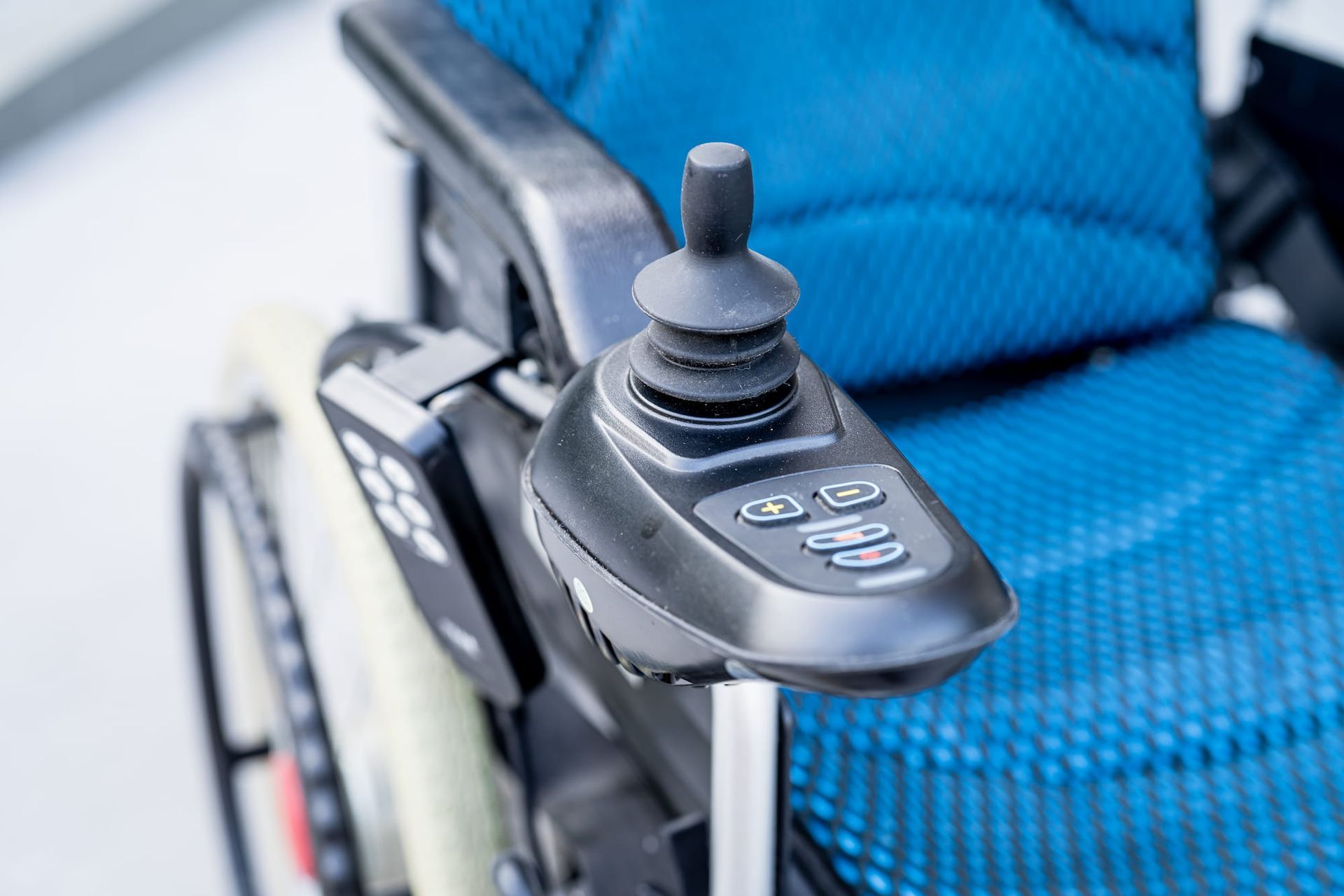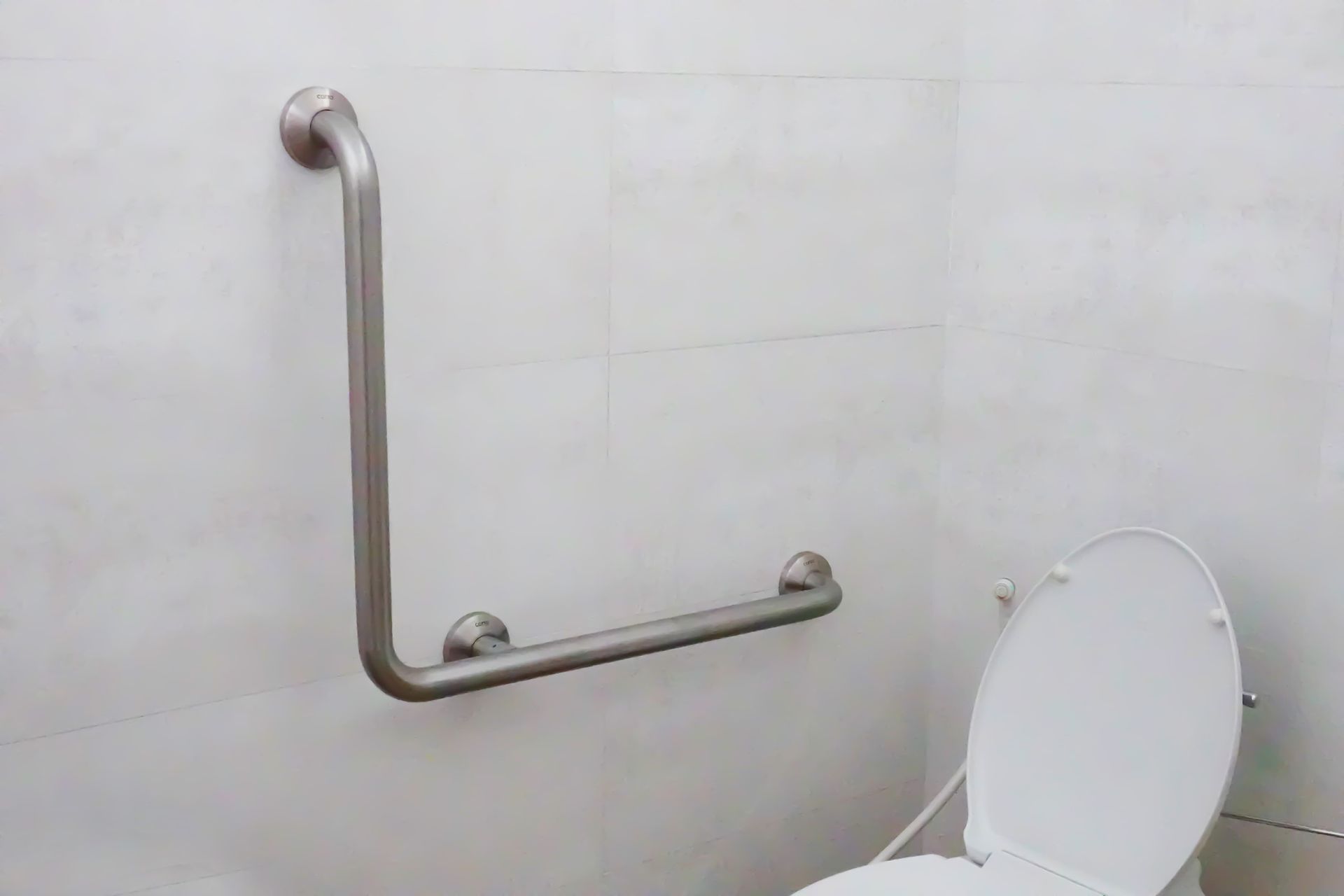Why You Should Have a Wheelchair Assessment Conducted by an OT
When selecting a wheelchair, it’s important to get expert advice to ensure it meets the specific needs of the user. Occupational therapists play a vital role in assessing an individual’s mobility requirements, providing tailored recommendations and ensuring comfort and safety.
This blog explores the benefits of a professional wheelchair assessment, the different types of wheelchairs available, the assessment process and the significance of choosing the right seating.
The Importance of a Professional Wheelchair Assessment
A wheelchair is more than just a mobility aid; it is an extension of the user’s independence and quality of life. Without a proper assessment, a wheelchair might not meet the physical and functional needs of the individual. Here’s why a professional wheelchair assessment by an OT is essential:
- Tailored Mobility Solutions: Each person has unique mobility requirements. An OT takes into consideration the individual's health condition, lifestyle and environment to recommend the most suitable wheelchair. Whether it’s for indoor use, outdoor adventures, or a combination of both, an OT ensures that the wheelchair meets the user's day-to-day needs.
- Optimising Comfort & Posture: Comfort is paramount, especially for individuals who spend prolonged periods in a wheelchair. Incorrect posture can lead to issues such as pressure sores, musculoskeletal pain and other complications. An OT will assess the user’s posture and recommend seating adjustments or pressure-relieving cushions to maintain comfort and prevent discomfort.
- Enhancing Safety: An ill-fitted wheelchair can pose significant safety risks. OTs are trained to evaluate how safe a wheelchair is for the user, ensuring proper seating positioning and adjustments, which help prevent tipping, sliding or poor maneuverability. They also consider features like brakes, anti-tip bars and seatbelts to enhance user safety.
Types of Wheelchairs
There are several types of wheelchairs, each suited to different needs. During an OT-led wheelchair assessment, the therapist will discuss the various options and their benefits based on individual circumstances. Some of the most common types of wheelchairs include:
- Manual Wheelchairs: These are propelled by the user, pushed by a caregiver or powered using a power assist device. They are ideal for individuals who have good upper body strength or for short-term use. Manual wheelchairs are lightweight, easier to transport, and come with various frame and wheel configurations to suit different needs. The power assist device offers several benefits, including: energy conservation, preservation of upper limb function, increased independence and the negotiation of various terrains.
- Powered Wheelchairs: These are motorised and provide more independence for users who are unable to manually propel themselves. Powered wheelchairs come with a variety of controls and offer a higher level of comfort and adjustability for long-term use.
- Tilt-in-Space Wheelchairs: These specialised wheelchairs allow the user to be tilted backward while maintaining their body position. This feature helps in redistributing pressure and reducing the risk of pressure sores, making them ideal for individuals with complex medical needs who require additional support.
- Sports Wheelchairs: Designed for users who participate in athletic activities, sports wheelchairs are built for speed, agility and endurance. These wheelchairs are lightweight, highly customisable and cater to various sports, including basketball, rugby, and tennis.
The Wheelchair Assessment Process
An OT-led wheelchair assessment typically involves several steps, each aimed at ensuring the wheelchair is an ideal fit for the user’s physical medical, and lifestyle requirements. Here’s a breakdown of the process:
- Initial Consultation: The process begins with a thorough consultation, where the OT gathers information about the user’s medical history, current mobility challenges and future needs. This step helps the therapist understand what the wheelchair will be used for, such as daily mobility, work, social activities or sports.
- Physical Assessment: The OT will perform a physical examination to assess strength, balance, coordination, posture and any potential issues like spasticity or deformities. The assessment also focuses on factors such as body measurements, weight distribution and pressure points to ensure the proper sizing and fit of the wheelchair.
- Posture and Seating Assessment: Getting the right seating is crucial for comfort and long-term health. The OT will evaluate the user’s posture and seating requirements, looking at factors like seat depth, backrest height, armrest placement and footrest position. This is especially important for users who may be seated for extended periods, as improper seating can lead to health issues such as pressure injuries, back pain and poor circulation.
- Trial of Equipment: Once the OT has identified the appropriate wheelchair options, the user will often be given the chance to trial different models. This allows the individual to get a feel for how the wheelchair operates in real-life scenarios, including manoeuvrability, ease of use and comfort.
- Customisation: After a trial period, the OT may recommend specific modifications or accessories to optimise the wheelchair’s performance and comfort. This could include additional features like seat cushions, headrests or adjustable armrests.
- Training & Follow-Up: Once the wheelchair is delivered, the OT will often provide training on how to operate and maintain it. They may also recommend follow-up appointments to address any concerns or to adjust the wheelchair as needed.
Why the Right Seating Matters
Proper seating is critical in preventing complications that may arise from prolonged wheelchair use. The right seating ensures optimal posture, which prevents issues like:
- Pressure Injuries: Sitting in the same position for extended periods can cause pressure sores, particularly if the seating is not supportive or adjusted correctly. Pressure-relieving cushions and postural adjustments help reduce the risk.
- Musculoskeletal Problems: Poor posture in a wheelchair can lead to neck, back, and shoulder pain. Ensuring that the seating system supports the natural curves of the spine helps prevent these problems.
- Respiratory and Circulatory Health: A poor seating position can compress the chest, making it difficult to breathe deeply. It can also restrict blood circulation, increasing the risk of conditions like deep vein thrombosis. The right seating promotes overall health by ensuring that circulation and breathing are not compromised.
Conclusion
Having a wheelchair assessment conducted by an OT is essential for anyone who requires long-term use of a wheelchair. From ensuring proper posture and comfort to enhancing mobility and safety, OTs play a crucial role in providing tailored solutions that improve the quality of life for wheelchair users.
By assessing physical needs, recommending the most suitable wheelchair, and offering ongoing support, OTs help individuals maintain independence, mobility, and well-being. If you need assistance finding the right wheelchair, get in touch with Life Solutions OT on the Gold Coast.
Written By Alex Kiosses
Alex is a driven and dedicated OT with a diverse skill set acquired through a broad range of experience working within the community. His passion lies in assisting individuals by enhancing their access to environments, allowing them to enjoy the things they love and find important.
Site Links
Service Areas
Services
Open Hours
- Monday
- -
- Tuesday
- -
- Wednesday
- -
- Thursday
- -
- Friday
- -
- Saturday
- Closed
- Sunday
- Closed










